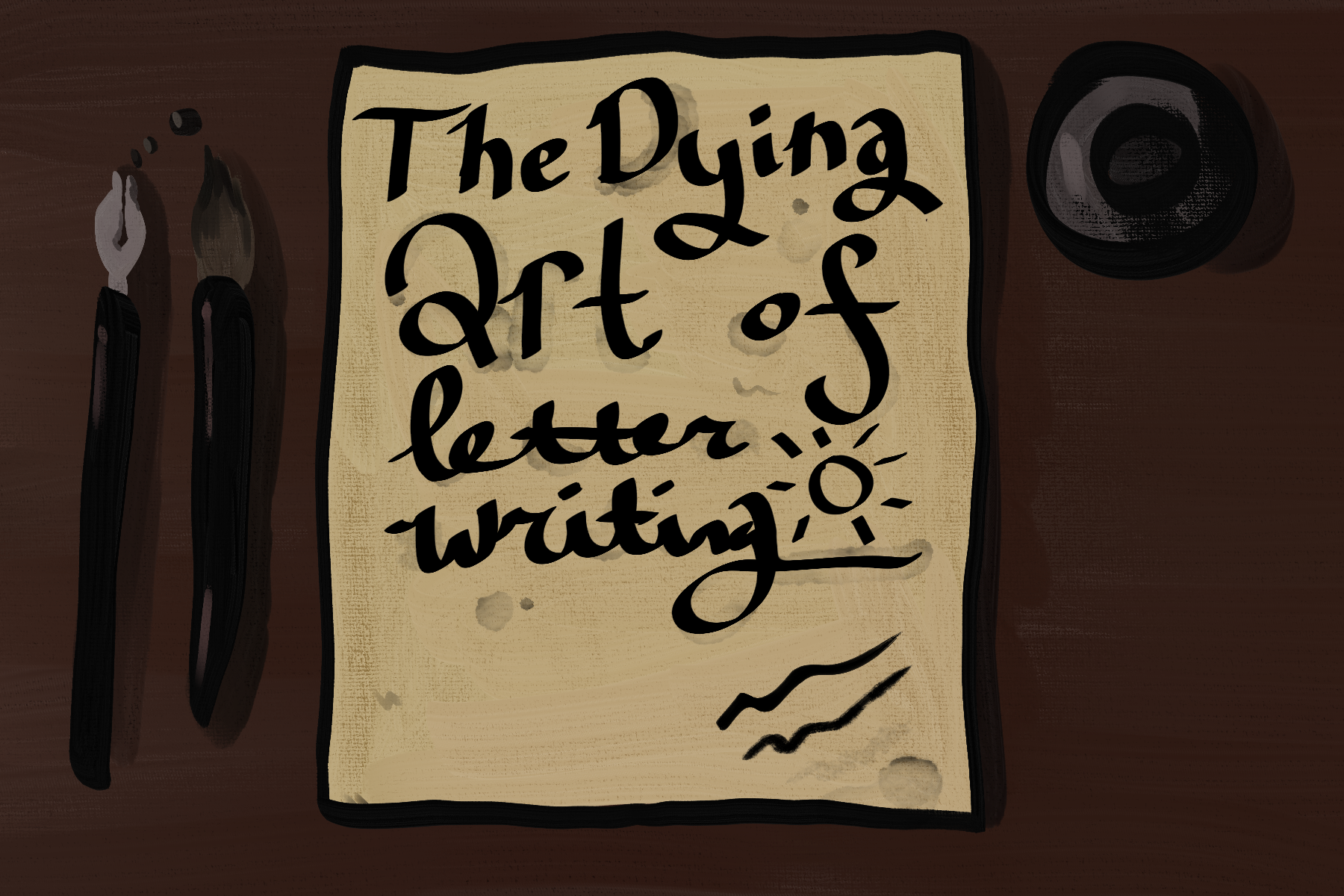The pandemic caused major change in the realm of communication. Previously, the digital age was already establishing major shifts to day-to-day life. Notably, face-to-face interactions were reduced to phone-to-phone. COVID-19 hit and exacerbated the issue of lacking in-person interaction. Innovation for forms of more efficient communication was in high demand. The use of softwares such as Zoom became unmatched as businesses and schools around the world developed plans to work from home.
The pandemic forced the general public to adapt more quickly to the new age of technology. Overall, it’s been for the better. People are able to work from home, which has become a necessity for some. For those who refrained from leaving their homes due to health reasons, grocery shopping without stepping outside has never been easier. And finally, talking to someone on the other side of the world through a video call feels as if they’re right there in the room with you.
While these advancements have improved the overall convenience of everyday life, they do not necessitate a better quality of life. The world now works efficiently, but with that, we are leaving behind the beautiful practice of patience. There is a feeling that is missing in the use of new forms of communication such as texting, Snapchatting, and calling. That feeling is the unique intention that is put into the original form of long distance communication: letter writing.
Letter writing was the first form of communication that lived outside the bounds of physical distance, a barrier humans have been attempting to overcome since the beginning of language. The earliest evidence of written language that exists is the Sumerian cuneiform of the 4th millennium B.C., a language represented by a variety of wedge shaped marks imprinted on clay slabs. Around 3100 B.C., the ancient Egyptians provided the first innovation in long distance communication by using papyrus to create a more transportable method to share hieroglyphic messages. As writing systems became more advanced, the ancient Greeks and Romans refined the practice. By the middle ages, letter writing was reserved for the wealthy and therefore, educated. For centuries, the working and lower class were illiterate. However, the broadening of education for a greater population caused literacy rates to increase, and letter writing became more accessible in the 15th century. It developed into the common form of communication that many recognize it as today. While it was once a practical form of communication, its use began to dwindle as early as the 19th century, as the telegram and telephones were invented.
Letter writing acted as a crucial form of communication throughout the history of the world, but today, there is no need to write letters. Emails, phone calls and texts can substitute for written word in almost every situation. Today, letter-writing is not important for its necessity. For those interested in reigniting the use of the postal service, they must first understand what makes the process unique.
Writing a letter takes more commitment than writing digitally. It requires consideration of the pen, paper and envelope that will be the best fit for the content of the letter. The most unique aspect is the mindset needed to write the content. One aspect of sending letters that is lost with electronic communication is this consideration: what do you write when you won’t see someone for a long time? With texting, questions are asked with the expectation of receiving the other person’s response within seconds or minutes. For example, one might text their friend, “What are you doing right now?” The question becomes irrelevant if the recipient doesn’t answer in a timely manner. What letter writing allows is for the writer to consider the recipient’s life more holistically, and to ask more probing questions.
For a brief period of time after sending a letter, the letter and its contents are literally up in the air, with no guarantee when or if it will ever even be received. In this case, the writing centers less on curiosity about what the other person is doing and rather how the other person is doing. Letters are a commitment not only to the words one has written in the moment, but to the person they’re writing to as well. Through words sealed in an envelope, the writer is preserving how they feel in the present. Despite how those feelings may change in the coming days or weeks, the letter becomes a record of those past feelings as it journeys into the hands of someone who exists in the future.
The beauty of receiving a letter is knowing that someone in the past was thinking about you – so much so, that they took the time to sit down and hand-write the things they wanted to express towards you. Not only that, but they are also dedicated to those words, as they are confident in the fact that they won’t exist in the hands of the receiver for a period of time after writing it. This is what makes letter writing still relevant. While not a necessity to modern life, it exists as a form of artistic written expression. It has become an extremely authentic form of writing if written with true intention.
A few activist writers have drawn inspiration from this practice in recent years and developed opportunities for people who need connection to connect. Hannah Brencher is the founder of the “The World Needs More Love Letters.” Inspired by her urge to write letters to strangers when she found herself at her lowest, she created a website that allows anyone to read the stories of strangers who are going through a hard time and then write to them, as their addresses are provided. For anyone interested in taking part in this practice, this is where to start.
















